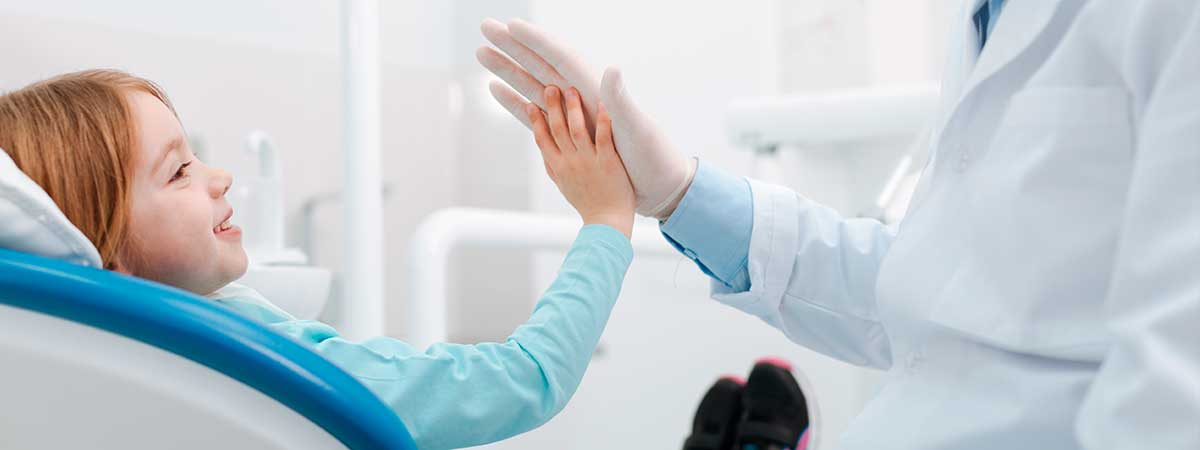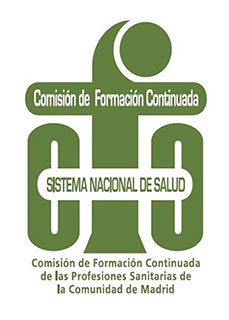Course on Nursing Care in Pediatrics
REQUEST MORE INFORMATION

How to care for children in nursing
The characteristics of children are different from those of adults. From birth, they present a series of health parameters that can be normal or not, that evolve and change until their full development and that are specific to their age.
According to the Ministry of Health, the main mortality figures during childhood are congenital malformations, while in adolescence they are traffic accidents.
Therefore, it is necessary to know these characteristics through training and day-to-day experience, in order to be able to provide adequate specific care for children.
Curriculum
Nursing Care in Pediatrics
- 1. Nursing care in Pediatrics
- 2. Anthropometric values of children
- 3. Classification according to age
- 4. Main pathologies in Pediatrics
- 5. Childhood cancer
- 6. Pediatric Cardiopulmonary Resuscitation (CPR)
Professors
 Montse Piorno Hernández
Program Management.
Montse Piorno Hernández
Program Management.
More Academic Info
Aimed at:
Specific competences
At the end of the course, students will be trained and will have learned to:
- Be able to recognize the characteristics of normality in the healthy child.
- Know and identify the most frequent pathologies in the different stages of childhood.
- Know how to apply the knowledge and skills necessary to be able to care for and attend the normal child and the child with a pediatric pathology.
Objectives
- The professional nursing student will be able to identify and act correctly with the healthy child and with the child with a pathology, and recognize the characteristics of the child of pediatric age and their correct referral to the specialized unit.
Teaching methodology
- The course is taught online through the virtual classroom of Nebrija Global Campus. The lectures scheduled in a calendar previously communicated to the students are broadcast live with the professor's initial teaching presentation and later an interaction with the students to answer questions and pose clinical cases.
- Sessions and syllabus with audiovisual support.
- Teaching material and bibliography provided by teachers.
- Interactive forum.
- Exercises for students with follow-up.
- Interactive personalized tutoring via email.
- Evaluation: The student must follow the theoretical content and exercises posed by the teacher, live or in the sessions that will be recorded. The evaluation of knowledge will be done with a multiple-choice exam with 50 questions and 5 possible answers, with only one valid answer. The student will need 60% of correct answers to guarantee the assimilation of concepts and the fulfillment of the objectives. Post-course assessment survey on satisfaction of expectations.


